In this article originally published in Car Design Review X, Prefix president Eric Zeile explains how the company has made its name in advanced design services
From specialist low-volume painting and concept car builds, to new performance-oriented design, Prefix president Eric Zeile explains how his business has expanded and what it can now offer.
What are your key business offerings now?
We have four main focuses. Our low volume, but high-end paint finish manufacturing business is a good 45% of our total business. We paint all the US-built Maybach models and we’re just getting involved in the Cadillac Celestiq, the fully-electric, luxury four-door sedan competing against the Rolls-Royce. Again, that’s really low volume, but really high-end – $200,000 to $500,000 cars – that’s our forte. And we don’t just paint either. For derivatives of small assemblies that might be needed on a particular programme like for instance Jeep, we not only paint the doors, but also assemble the doors too. We installed an automated body-in-white paint line about a year ago and that’s really upped our game.
…and you’re still offering complex concept vehicle builds?
Yes. We will always push our concept vehicle and advanced prototype development work. We love doing show cars for the auto circuit, whether it’s a private event or for a big show. That’s always been one of our skillsets and is one we intend on retaining. Recently we did the electric Dodge Charger SRT and also the Ram Revolution electric pickup truck shown at CES 2023. We’ve also done vehicles for GM. We built a Chevrolet Blazer used in the Barbie movie and a number of cars for Cadillac.
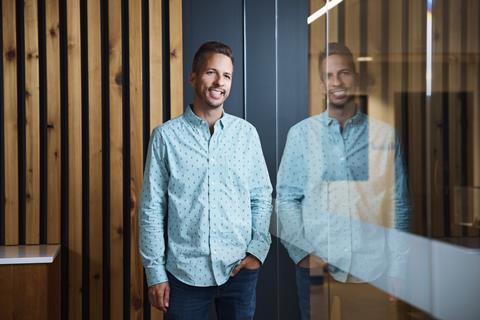
What’s the third string to Prefix’s bow?
We are expanding into the ‘ride and entertainment’ space too, working with themed attraction companies, like Disney and Universal. From our skillset standpoint, whether that’s working with composites, metal fabrication or electronics, we just applied them to the ride and entertainment space. But what we also found was that industry do things a little bit differently to automotive. It’s a bit similar to aerospace, in which we’ve also had some involvement. And that advanced, more involved way of looking at things has helped us back within our automotive work, improving our engineering development of prototypes and concepts. There have been benefits both ways.
Your fourth business division is a new one, right?
The fourth area is smaller – it’s only a handful of people right now – but we’re really excited about our performance vehicle work at our HQ and also through our expansion at the M1 Concourse in Pontiac, Michigan, which officially opened August 9th 2023. Working with M1, we have a garage, service centre and gas station supporting the owners. We also do other one-off performance vehicle modifications for customers, whether they have Vipers, Challengers or Chargers, you name it.
“Our low volume, high-end paint finish manufacturing business is a good 45% of our total business”
What’s your background? Are you a businessman, engineer or a designer, or a bit of all those things?
I have a Business Management degree and my father [Prefix founder Kim Zeile] was a mechanical engineer with an entrepreneurial spirit. I would almost call him a creative designer with an engineering mind. I learned from him, but my focus has always been on the business side, and about the collaboration of people that are, to be quite honest, smarter than I am in their respective areas. I put a lot of attention into trying to identify the right people in the necessary segments of design, engineering, entertainment, paint or whatever. Then I bring that team together in order to execute at a high level collaboratively. That’s how I would describe my mission: to help elevate us to the next level, and not try to do it all.
Is there a strong design element in your performance division and what are your customers asking for?
There are two main areas where design is integrated. One is in our interior trim department where a lot of customers don’t know exactly what stitch or pattern they want, or how they want that to be executed. We have an exceptional team led by Paul Anderson. He has run our interior trim department for years and works closely with designers to make appropriate collections that are not only good for a concept car, but also for production. Another big area is on the paint side where we can do colour development and lay out stripes or feature lines on a vehicle that are appropriate for paint application. Beyond that, maybe a few times a year, we get customers that come with an idea only and we help them bring it to life through sketches, renderings and the creation of A surface models.
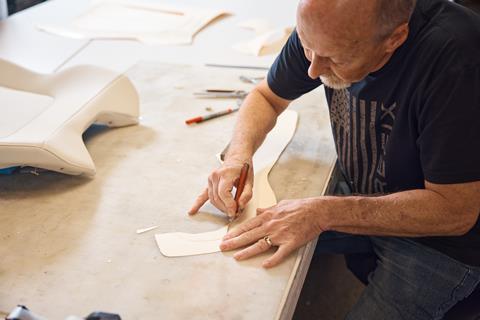
Is that customer typically an individual owner or a carmaker? Is the work business to business, or business to consumer?
Probably 75% of those inquiries are from individuals or the client’s representative, who knows what they want, but doesn’t have the resources to come in with a drawing. The other 25% is from carmakers that come to us with their design and we work with them to do critiques and adjustments to make it either manufacturable for a concept or production. We help them take their vision the rest of the way. They may have it 90% done and just need that last 10% to get through some of the roadblocks on the manufacturing side. Having built so many vehicles over the years, we have a lot of experience on what works and what doesn’t.
Do you see customers seeking more bespoke features nowadays?
Over the years we’ve definitely seen moves to find ways to make something manufacturable in some semblance of volume, but still be very custom. Because more and more buyers want something special, they don’t want the same as everybody else, whether it be custom colours, interiors or finishes. Which is great for us, because that’s the market we have strived to be associated with, and in some ways create. We’ve tried to push that ability with carmakers to say, “That’s partly why we’re here, to give you an outlet to do something you didn’t realise could ever do.” There are cars that I would definitively say – without naming names – would not have not have been able to be put into production if it wasn’t for us, because the process was so complex. We can offer that ‘little switch’ to a programme to give the end-user something really special.
“Having everybody together in the HQ has created a synergy and efficiency that’s very difficult to put a value on”
What other changes in colour, materials and finish are you seeing?
There’s been this push within the industry, as I’m sure you’re aware of – mostly with electric startups, but it’s the case with other firms too – wanting to use ‘vegan leather’. That can create manufacturing challenges because of the way the material behaves compared to traditional leather. So clients may come to us with questions like, “do you know how to perforate this material because our success has been low, unlike with real leather, which perforates very easily”. We’re sometimes part of the investigation to help them find ways to do things differently.
How has your recent office changes helped your business?
We have two separate buildings in Michigan now – our Rochester Hills headquarters and Auburn Hills paint operation – instead of four buildings before. First and foremost, the additional HQ space is valuable, allowing us to expand our offering into laser etching, for example, or new SLA machines now all together in one room. We’re looking to introduce more robotics into this building too. But overall, just having everybody together in the HQ has created a synergy and efficiency that’s very difficult to put a value on, because it’s so nice to have everybody throwing ideas around and quickly solving problems.

























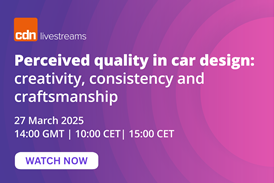







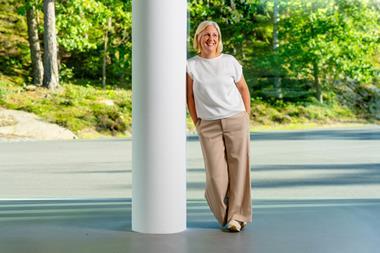


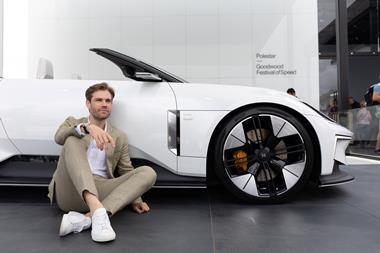
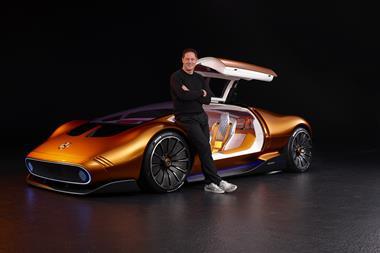



No comments yet